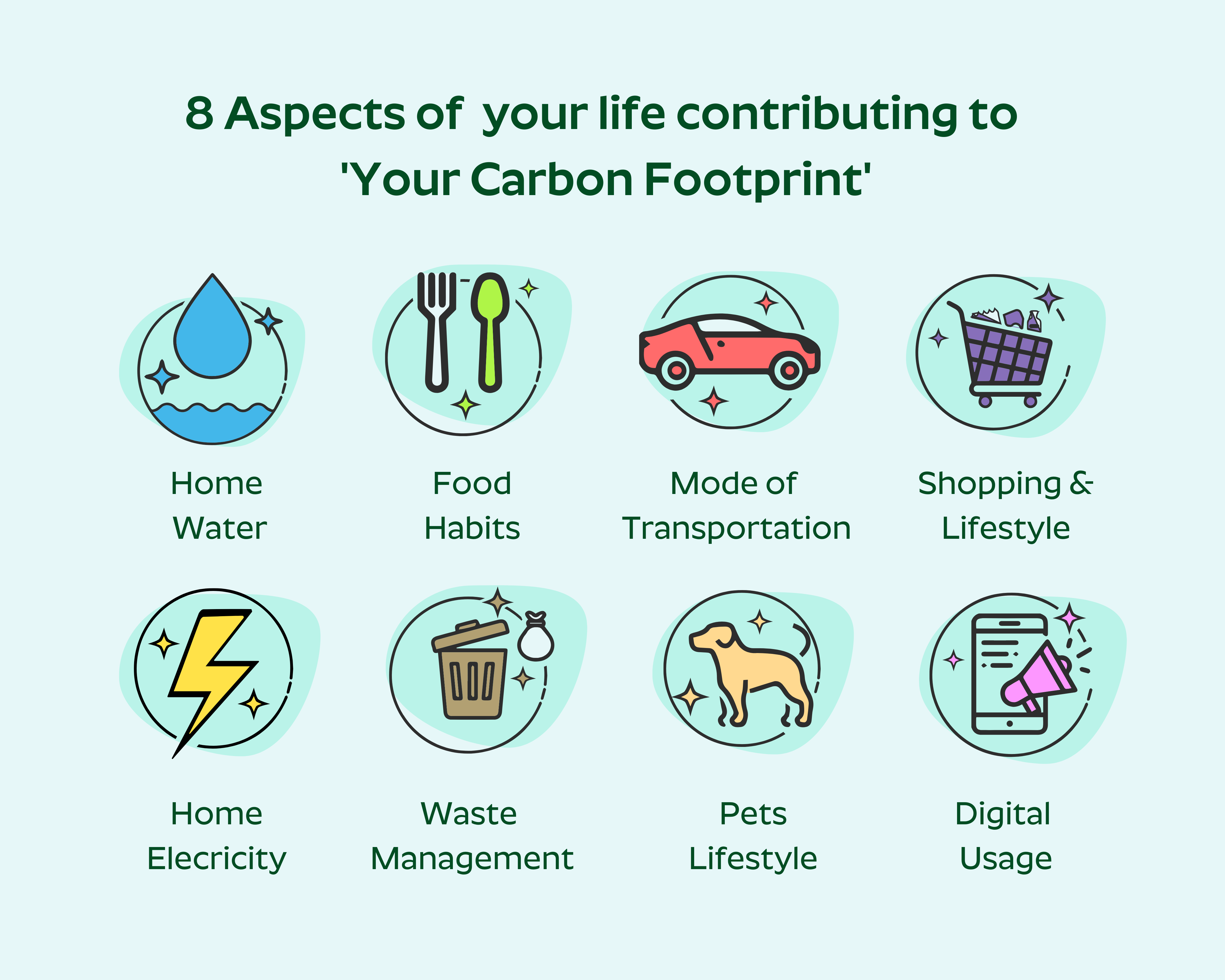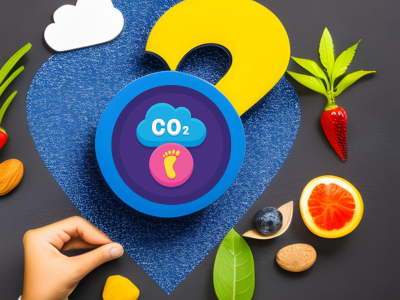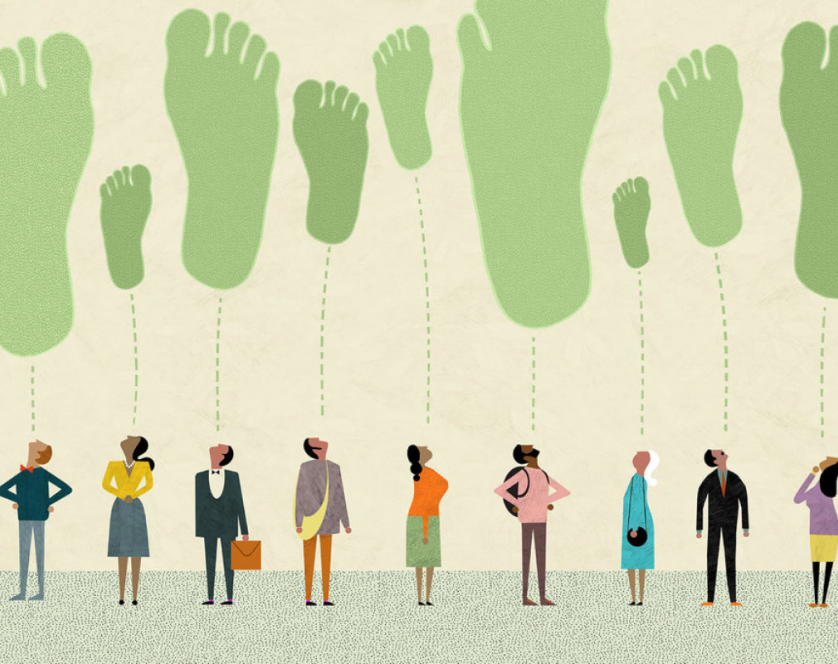If you think that the traditional – Roti, Kapda, aur Makaan is the only reason for your carbon footprint, you are in for a surprise!
In the past two decades, things like ever-increasing purchases, internet discounts, repeat transactions, free data, and more have become standard fare. Let’s look at the eight factors that make up your carbon footprint.

Home-Water: Water is used in many of the products we consume and utilise regularly. The average individual needs 5 litres of water daily to function in a calm atmosphere with light activity—the average American drinks between 100 and 175 gallons of water daily. Globally, we consume around 4 trillion cubic metres of fresh water yearly. On average, we use 25 litres to 50 litres for bathing.
Home-Electricity: Have you ever looked at the actual units for the electricity and gas you use? It matters what kind of light bulb you use, what type of stove you have, and what kind of rating all your fancy appliances have. Here’s an interesting data point: Annual CO2 emissions from a single incandescent light bulb average 4,500 pounds. LED bulbs emit more than 1,051 pounds per hour, while CFLs emit less than 1,051.
Food Habits: Fewer than one-third of Indians (and an even more significant proportion of low-income families) know that their food choices account for 10–30% of their carbon footprints. The majority of food-related emissions happen during production (68%). In comparison, the carbon footprints of foods, including fruit, vegetables, legumes, and nuts, are much smaller. You can drastically reduce your carbon footprint by eliminating or reducing meat from your diet. Foods like this have the most carbon footprint.
Waste management: Methane is produced through the anaerobic decay of trash in landfills, while nitrous oxide is released when we burn trash. Both of these contribute directly to greenhouse gas emissions.
With only a third of the world’s food wasted, 3 billion people could be fed. According to a recent study, the average Indian throws away 137 grammes of food per day. That works up to 50 pounds yearly or 0.96 kilogrammes per week. India loses about Rs 92,000,000,000 annually due to the wasted 40% of its food supply. Reducing greenhouse gas emissions and conserving energy are two ways in which waste reduction and recycling contribute to combating climate change on a global scale.
Mode of transportation: Do you prefer driving your car, even if just for a short distance, over walking or riding a bike? Hence, it is imperative that you read this information. The road sector, including both passenger and freight vehicles, is responsible for more than 92% of all transportation emissions. It also contributes significantly to the smog problem in India. The Center for the Study of Science, Technology, and Policy (CSTEP) used the Sustainable Alternative Futures for India (SAFARI) model to predict that in 2022, India’s transportation sector would be responsible for 375 million tonsof direct carbon dioxide emissions (Mt CO 2), or roughly 10% of India’s total greenhouse gas (GHG) emissions. Roads account for over 90%, followed by air and then rail (see Figure 1 for the break-up). By 2050, transportation-related emissions in India will have increased by more than three times, with the aviation sector responsible for a growing share of those emissions.
Pets: To what extent do you like felines over canines? Among pet owners, these are the most popular choices. According to Sceince Focus, a medium-sized dog is estimated to release 770 kgs of CO2e yearly, while a medium-sized cat releases only 310 kgs. If you’re talking about a bigger barker, the number jumps up to 2,500 kgs. What cats and dogs consume in a year is the same as the carbon emissions from 13.6 million cars for a year.
Shopping & Lifestyle: According to our calculation reflects that the average urban buyer can generates about 1,620 kgs of carbon dioxide yearly. Most buyers think it’s essential to find a way to showcase one’s individuality through one’s wardrobe. Companies and consumers alike will need to make modifications if we’re going to do a U-turn.
This concept is gaining traction since most consumers are eager to make better purchasing decisions but lack the knowledge to do so.
Digital usage: According to a 2019 research by Satistica, roughly 4.1 billion people throughout the world have access to the Internet. By the billions, people are conducting searches, streaming videos, and using various forms of cloud computing, all of which contribute to the world’s insatiable appetite for energy and, by extension, to CO2 emissions. Their estimated share of world CO2 emissions ranges from 2.3% to 3.7%, depending on the study. This is equivalent to the emissions made by the entire aircraft industry. Individuals are more likely to arrive at a correct estimate of the volume of CO2 emissions and the ease with which they can be reduced. The introduction of 5G in India has been met with widespread enthusiasm. Because we are a developing nation, we must advance. Compared to 4G users, 5G users can use up to 2.7 times as much mobile data. Fifth-generation mobile networks (5G) make possible significantly higher average speeds than 4G and add a considerable amount of new capacity.
We bet all this never crossed your mind…
Calculating your carbon footprint is the first step toward minimising your environmental impact. If you find reducing carbon emissions challenging, you can use offsets to neutralise your footprint and achieve net zero. Myplan8’s proprietary calculator can help you track, reduce and offset your carbon footprint. A release date for the app will be announced soon.
Think about this:
Due to 5G, the video quality will improve.
Let’s see some calculation:
Streaming videos use 304,920 GWh per year.
1 hr of video streaming: 1080p: ~1.9 to 2.55 GB/hr 4K:~3.5-7 GB/hr
Energy intensity:4.94 kWh/GB
Carbon Footprint: 0.0007tn
Finding: Watching 1hr of 4K video produces 280.26 g of CO2
5G user: 2.7x times = 756.70 g CO2
Users of YouTube & Netflix will detect higher throughput, so they will automatically have higher data usage. People will change phones for higher output.
Longer time will be spent on the phone, increasing screen time and creating health concerns. Myplan is about to launch India’s first carbon calculator including your digital behaviour.




